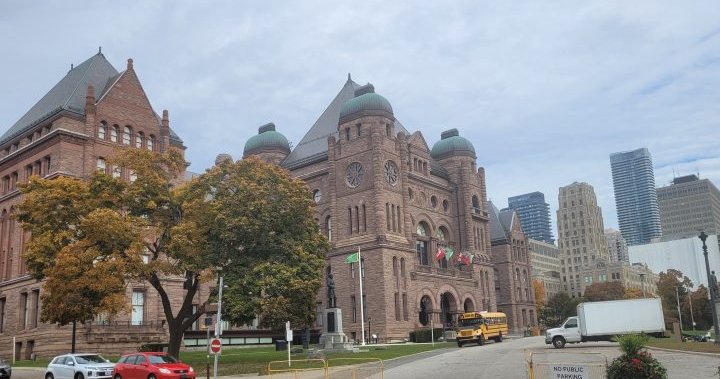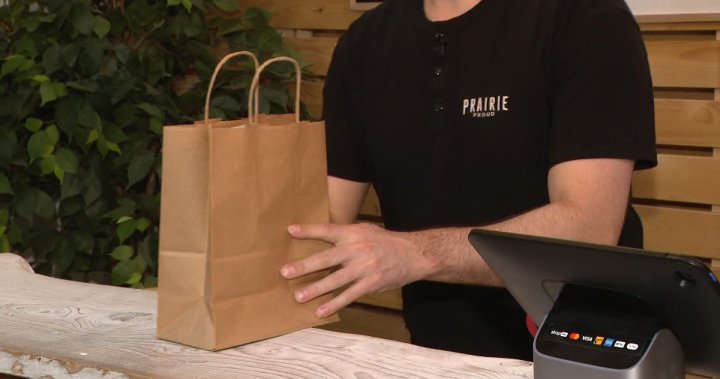TORONTO —
Surgeons at Montreal Children’s Hospital (MCH) say they have successfully completed a world first in the medical world by using a new procedure to attach the upper and lower portions of the esophagus in a pediatric patient by using magnets.
Henryk Deneen was born at 33 weeks and was diagnosed with a birth defect called esophageal atresia, where part of his esophagus is missing. It resulted in doctors inserting a feeding tube when he was just one day old.
Children born with esophageal atresia are unable to eat or swallow, and in most cases a surgeon can connect the gap between the upper and lower portions of the organ. In rare cases, a form of the birth defect called “long-gap atresia” can make the distance longer, and surgeons must wait until the baby is at least three months old before attempting to surgically stretch and join the two ends of the esophagus.
In Deneen’s case, the missing part of the organ was so large that trying to reconnect the ends would be difficult – forcing the surgeons to think outside of the medical box.
A team at MCH came up with a hybrid procedure that had never been attempted before – they would surgically enter Deneen’s belly, swing a portion of his stomach up into his chest and then attach two magnets in an attempt to stretch the organs’ ends towards each other. The team also handmade a stent (tube) to assist him in eating.
Doctors in Italy had already created the type of stent doctors wanted to use on Deneen and while it was commercially available, it was not approved for use by Health Canada. The team at MCH reached out to the Italian doctors to learn how they made the stent and created their own version using the same techniques. The stent kept Deneen’s newly attached esophagus open while it healed, however, the surgeons had to dilate it in stages from the size of a pinhole to large enough to have milk pass through.
“The idea is if you have too wide of a gap you put magnets at each end and let them stretch the tissue and attract and until they finally oppose and bring the tissue together,” explained MCH director of pediatric surgery Dr. Sherif Emil to CTV National News.
Emil had to get Health Canada’s approval to do the operation and train the entire Neo-natal Intensive Care Unit on how to care for a child with magnets. The high-risk surgery took 10 hours, and it took nearly a week before x-rays revealed that the magnets were working, to the joy of Deneen’s family.
“The day they [the magnets] did come together, was just the most beautiful emotional day, a day I won’t forget,” Deneen’s mother Joy Deneen said to CTV National News.
Deneen is now two-years-old, and can eat and swallow thanks to the surgeons at MCH.
“It’s miraculous to me,” Joy said. “It wasn’t a given that he would be able to eat by mouth, the fact that he is two and he was able to have a little bit of birthday cake, that was absolutely amazing.”
Medical teams from around the world have started to contact the surgeons at MCH regarding Deneen’s groundbreaking surgery – dubbed the “Flourish” technique – hoping to help other children.
As for Deneen and his family, they are celebrating the little things they once thought would be out of reach.
“It was really measuring milestones millilitre by millilitre, a little teaspoon here and a little teaspoon there,” Joy explained. “It has progressed very well, better than we could have imagined.”







More Stories
B.C. to ban drug use in all public places in major overhaul of decriminalization | Globalnews.ca
Reduce salmonella in certain frozen chicken products: USDA to producers | CBC News
More than 115 cases of eye damage reported in Ontario after solar eclipse